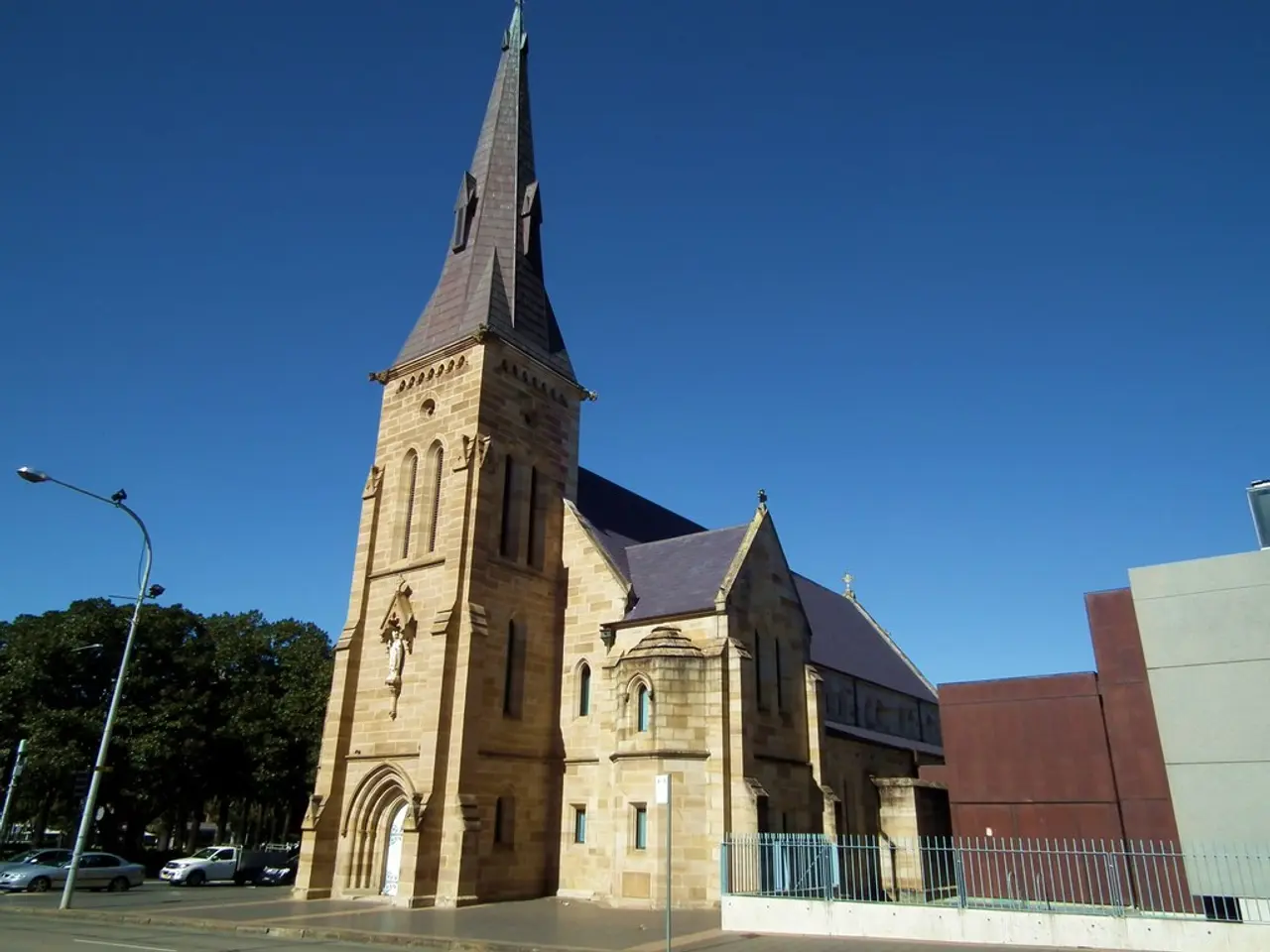Navigating Vrsic Pass - Slovenia's dazzling mountain highway
Exploring the Historic Vršič Pass in Slovenia
The Vršič Pass, located in the north-west corner of Slovenia, near the Italian border, is a must-visit destination for history enthusiasts and nature lovers alike. This mountain pass, standing at an impressive height of 1611 meters, is the highest in the eastern Julian Alps and connects the regions of Gorenjska (Upper Carniola) and Primorska (Slovene Littoral).
Historically, the road over Vršič Pass, often called Ruska cesta (Russian Road), was constructed during World War I by Russian prisoners of war who were captured by the Austro-Hungarian army. The prisoners built the road to improve military access and supply lines to the Isonzo front, a key battleground during the Battles of Isonzo. Tragically, many of these laborers died in an avalanche, and in their memory, the Russian Chapel was erected on the Kranjska Gora side of the pass.
Today, the pass is a popular destination for travelers, hikers, and motorcyclists, thanks to its 50 hairpin bends and beautiful scenic route through the Triglav National Park, Slovenia's only national park. The park is famous for its alpine flora and fauna and offers views of notable peaks such as Triglav, Prisojnik, and Mojstrovka.
Driving the Vršič Pass can be a challenging experience, but it is no worse than some of the other incredible roads in Europe, such as Trollstigen in Norway or the Verdon Gorge in France. It is recommended to avoid caravans or vehicles with trailers due to the sharp bends, and to drive with extreme caution, especially in heavy rain or snow.
At the top of the pass, there is a lot of parking, but the souvenir hut and restaurant may be closed, depending on the time of year. A map of the Vršič Pass and the route taken is available, and it is advisable to use it to navigate the winding roads.
The Vršič Pass is approximately 24km long for the actual pass, and 46km from Kranjska Gora to Bovec. The estimated time to drive the pass is around 2 hours, but this can vary depending on traffic.
Before driving the Vršič Pass, consider staying at Camping Bled Motorhome campsite, especially if you have an ACSI CampingCard. The campsite is a good base for exploring the area, and there are many hiking routes and viewpoints along the pass, including Prednje okno and Ajdovska Deklica.
One of the highlights of the Vršič Pass is Lake Jasna, located on the pass, which is a beautiful lake worth stopping at. The lake features a bronze statue of an Ibex called Zlatorog, making it a popular spot for photography.
In sum, the Vršič Pass's history is deeply interwoven with the events of World War I, particularly the role of Russian prisoners of war in constructing the road, while today it stands as both a symbol of Slovenian natural heritage and military history. Whether you're a history buff, nature lover, or simply looking for an exciting road trip, the Vršič Pass is a destination not to be missed.
[1] Travel Slovenia [2] Slovenia Tourism [3] BBC History
While enjoying the breathtaking views at Lake Jasna on the Vršič Pass, consider seeking help from the tourist information center at the souvenir hut for suggestions on nearby home-and-garden and lifestyle activities such as hiking routes and viewpoints like Prednje okno and Ajdovska Deklica. For those seeking additional travel destinations, Slovenia Tourism's website offers valuable information on the best accommodations for your road trip experiences, like the Camping Bled Motorhome campsite. Furthermore, taking a moment to explore the region's historical sites, such as the Russian Chapel, deepens your understanding of the pass's war-torn past as discussed in a BBC History article.




